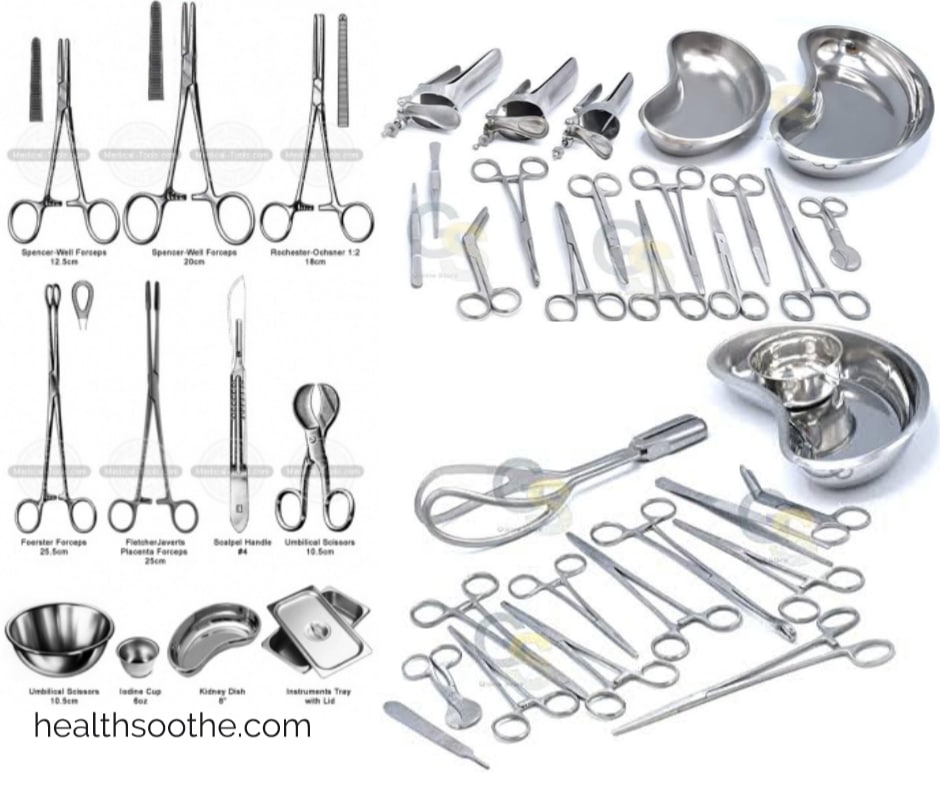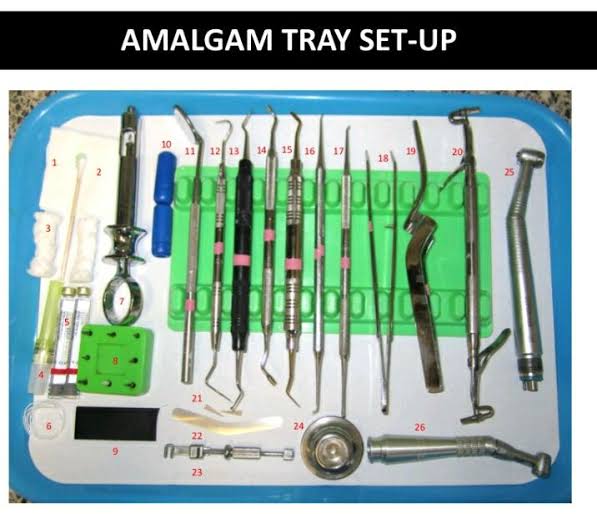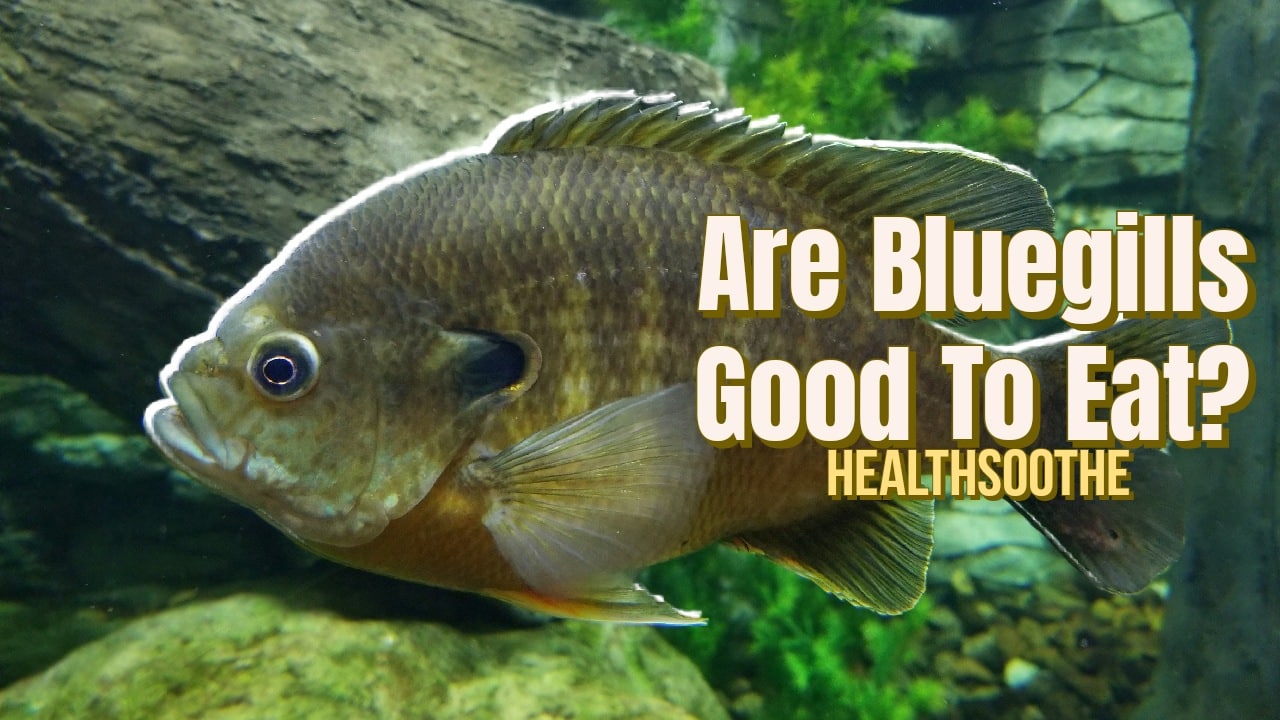Dog dental problems are one of the health issues dog owners battle on a regular basis. Like humans, dogs often have problem with their teeth and it is majorly due to poor dental hygiene. Some dogs will readily and calmly allow their owners to groom and care for them while others will not. This usually poses a problem to dog owners as a dog whose teeth is not regularly cleaned will develop dental problems.
[ninja_tables id="67684"]
Dog dental problems range from problems with the teeth itself as in tooth decay which may lead to loss of appetite, aggression, and pain in affected dogs; to infection of the gum tissues which may spread to other surrounding tissues and bones of the jaw, head, and neck of the canine.
This article will help you understand some of the common dog dental problems and provide information on their causes, how they can be prevented, the appropriate treatment for each dental problem.
Types of Dog Dental Problems
Although the dental formula and arrangement of dogs are different from humans, dogs also go through dental problems in the same manner and at the same dental sites as humans. The site of dental problem gave rise to the types of dental problems dogs experience. For instance, a problem with the soft tissue that supports the teeth, the gum, is called Gum Disease while a problem with the inner part of the teeth is called Endodontic Disease.
Gum Disease
Gum or periodontal disease is the leading cause of tooth loss in dogs. Therefore, it is a serious condition that needs to be addressed as soon as it is noticed in your canine pets. Periodontal diseases begin with consistently poor dental hygiene. It allows the formation of plaques that helps to hide bacteria on the gum line. The bacteria spreads, and the plaque hardens to form tartar. Consequently, the gum tissue begins to separate from the tooth. As the bacteria spread, its population increases so are the amount of waste it produces. The waste weakens and destroys the gum tissues. If this condition persists, it eventually causes tooth loss and further spread of the bacteria.
There are two types of gum diseases – both caused by the same agent but with different levels of severity – gingivitis and periodontitis.
- Related reading: The Effects of Using CBD Oil for Pets
Endodontic Disease
An endodontic disease affects the interior of the teeth. Unlike the periodontal diseases that affect the supporting tissues that hold the teeth – the gum – endodontic diseases directly affect the teeth, causing demineralization of the enamel and gaining entry into the teeth.
Endodontic disease in dogs is mostly caused by physical trauma and its progression sometimes allows the introduction of bacteria that complicates the disease. Dogs are playful and active animals, they, therefore, can have their tooth fractured while playing with toys or other hard objects; bite into other normal objects such as bones inappropriately.
Endodontic diseases encompass tooth fracture, tooth decay, and enamel abnormality.
Abnormal Dental Development
It is possible that the dental formation and emergence in some dogs, especially the small breeds such as Maltese, are abnormal. In these breeds, the teeth might remain under the gumline and fail to erupt. Also, teeth may not emerge because it is in an incorrect position.
To rectify this, and help your dog end the pain this causes, a vet will need to extract the tooth after your dog must have undergone an x-ray test.
Common Dog Dental Problems
Loose Teeth
Loose teeth are common occurrences in puppies. Like humans, dogs need to shed their deciduous teeth to give way for the stronger, permanent teeth that can withstand stronger objects. At about the fifth to the sixth month of a dog’s life, the deciduous teeth begin to fall off (some pups start shedding at four months). By the seventh to eighth month, the new adult set of teeth should emerge.
A common problem with this stage of growth in dogs is the development of teeth on the same spot. That is, a deciduous tooth is yet to fall off but an adult tooth is already growing beside it. This might cause a malformation in the adult tooth.
Also, loose teeth in senior dogs is a reason to worry as this could be due to a weak root.
Treatment
In the case of an adult tooth coming in when a deciduous tooth is yet to leave the gum, consult your vet to help remove the deciduous tooth and avoid malformation of the adult to avoid future complications.
If your adult dog is losing teeth, it is not a good sign. Visit your vet for proper treatment. In most cases, your dog will have to undergo x-ray scanning to ascertain the health and strength of its teeth roots.
Malocclusion
Malocclusion is the abnormal arrangement and alignment of teeth in your dog’s jaw. This misalignment may cause no issue in some dogs. However, it may also cause serious issues in others, especially when there is a teeth-to-teeth or teeth-to-soft tissue contact.
Malocclusion causes some level of pain in dogs when the teeth come in contact with other teeth or with the soft tissue that provides support to them. It can also make biting and chewing a gruesome and uncomfortable task.
Types of Malocclusion
There are four distinct types of malocclusion and they are classified based on the position of the teeth or jaw. In each class, the position and length of the jaws determine which class each case belongs to.
Class 1
The class 1 malocclusion, also called Individual rotated teeth is characterized by even jaw lengths but abnormal positioning of erupted teeth or tooth. This simply means, in this class, the upper and lower jaws of the patient (the dog) are of normal length and shape. However, there are some teeth or a tooth that has erupted in the wrong position.
It is easier to treat this condition if the dog is young and the concerned dentition is deciduous. However, in older dogs, the adult teeth may cause trauma to the opposite soft tissue if not corrected.
Class 2
The mandibular distocclusion, also called overbite is a condition in which the lower jaw is shorter than the upper jaw. The teeth on the shorter jaw may cause trauma to the soft tissues or palate of the upper jaw. It is a genetic skeletal disorder.
Class 3
Mandibular mesiocclusion is the third class of malocclusion. It is a skeletal genetic disorder that is the direct opposite of mandibular distocclusion. It is characterized by a longer lower jaw as compared to the upper jaw. It causes damage to the gum and teeth of the lower jaw which predisposes the dog to other dental problems such as periodontal diseases.
Class 4
In this class, the mandible and maxillae are misaligned due to the left-to-right displacement of the jaws. Also, called wry bite, the class 4 malocclusion is characterized by the upper jaw being asymmetrical to the lower jaw, usually as a result of trauma to the jaw during their growing stage.
Slab Fracture
A slab fracture is a dental condition that usually happens to the premolars – also called the carnassial tooth – in dogs. It usually occurs when your dog bites or chews on hard objects such as antlers and really hard bones. These objects may cause a part of the tooth crown to separate from the side, thereby, exposing the nerves and the pulp cavity.
Slab fractures cause a lot of pain in dogs as the nerves are exposed.
It can also lead to other complications such as tooth root abscess and sinus infections.
Treatment
Slab fracture treatment can be expensive if you seek to keep the affected teeth in place. However, a cheaper and safer option is to remove the fractured tooth. With this treatment, the possibility of having another fracture on the same tooth is eliminated.
Your dog will be put under anaesthesia while the tooth is being pulled out of its jaw. Afterwards, the affected area will be given a laser treatment to help control inflammation and reduce the pain. It also helps to start the healing of the tissue by arousing the regenerative cells and stimulate blood flow to the area.
Periodontal Disease
Periodontal disease is also called gum disease. It is a dental condition that affects the gum – the teeth’s supporting tissue – as a result of bacterial action on the soft tissues. As discussed earlier in this article, periodontal diseases are of two types.
Gingivitis
Gingivitis is the early stage of periodontitis. It is characterized by soreness and purple coloration of the gum. It can be initiated as a result of an injury to the gum or as a result of poor dental hygiene.
Gingivitis cam sometimes cause bleeding in the gum when your dog chews on hard substances, not because the object has caused an injury to the gum, but because the gum has become weakened by the action of bacteria in the mouth of your canine.
Periodontitis
Periodontitis is an advanced stage of gingivitis. It bears every symptom of gingivitis but is a step ahead of it as its main characteristic is the separation of the gum from the tooth. The affected tooth of a dog begins to get loose as the gum begins to retreat from the base of the tooth.
Periodontitis occurs when gingivitis has been overlooked or not properly treated. It is the leading cause of tooth loss in dogs.
Treatment
Periodontal disease is most effectively treated by a combination of good dental hygiene and medication to rid the gum and teeth of the causative bacteria.
If your dog has bleeding and inflamed gum, get it to a vet for diagnosis. In an event that it is suffering from periodontal disease, the vet will administer an antibacterial medication to kill off the bacterial colony.
However, as the gum health returns, ensure to consistently wash your dog’s mouth and avoid objects that can cause injury to the gum to stop reoccurrence.
Tooth Root Abscess
Tooth root abscess is a serious dental condition in dogs that arise dur to the extensive infiltration of the gum, jaw, and bone of your dog by bacteria.
The major symptom of tooth root abscess is the formation of pus-filled abscess at the root of the teeth. This condition causes immense pain and can only be treated using antibacterial medication to get rid of the abscess and pus.
The pus is usually close to the nerves in the teeth, making the pain as unbearable as possible. However, it is possible to miss it in your dog as they hide pain well.
Treatment
Antibacterial medication and good dental hygiene are important to treating tooth root abscess.
Conclusion
Dog dental problems are a pain in the behind of every dog and dog owner. This is because there are many dental problems that your dogs are susceptible to and it can be difficult to notice some of them as your dogs are good at hiding pain.
Despite this, some are quite visible and should be addressed as soon as possible to avoid complications. Regularly take your dog to the vet for a check-up and do not relax on the general hygiene practices, especially dental hygiene of your dogs. Be especially thorough about toy inspection as some of them might cause damage to your dog’s teeth and gum. The toys are also a good place to start to see if something is wrong with your dog’s dentition as they may leave blood on them.







